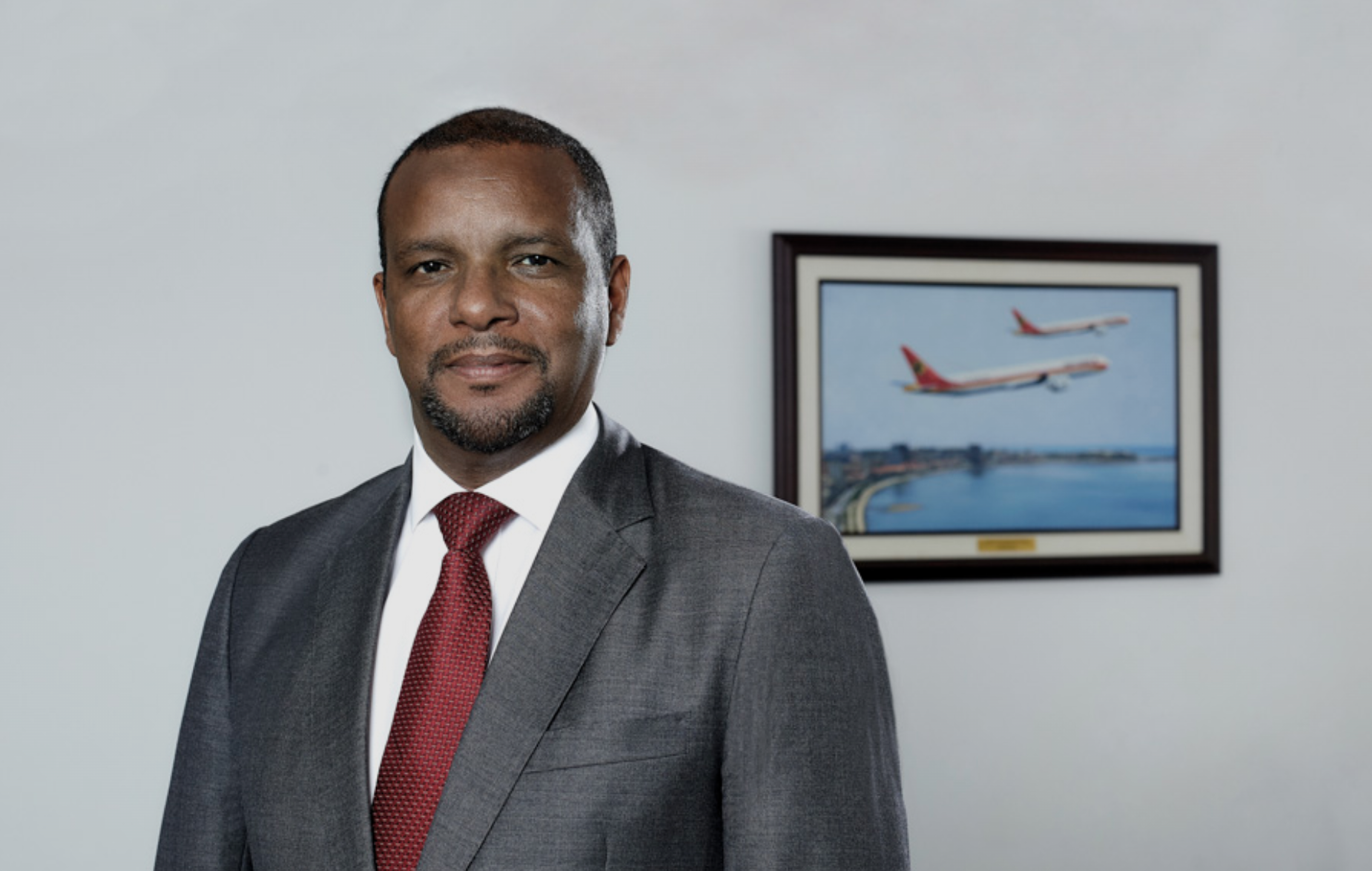TAAG Angola Airlines CEO has indicated that they must undergo a major restructuring and reduce their workforce by a third to stay viable, as demand remains in the doldrums.
I had a chance to meet TAAG Angola Airlines CEO, Rui Carreira, recently in Boston, to learn more about one of the biggest Boeing 777 operators in Africa. Based in Luanda, the Angolan flag-carrier is faced with a high cost structure related to high fuel prices, taxes and airport and navigation fees in its home country.
“TAAG’s labor costs itself are not so high, but the main costs for operating the airline have to be paid in hard currency. This is a challenge.”
TAAG Angola Airlines CEO Rui Carreira
“We are doing everything that is necessary to restructure the company. TAAG has too many employees. From the current 3,000, we estimate that 1,000 staff have to leave the airline,” Carreira said. State-owned TAAG has launched a program to find investors and privatize part, if not all, of the company. “The government has a plan for this. We are talking with everybody: investors, airlines,” the CEO said.
Carreira added that TAAG is adapting their future plans on a daily basis. “Every day we have to change strategies, to adapt to the new normal,” he said. TAAG is in the process of taking delivery of six De Havilland Canada Dash 8-400s, which are mainly being used for domestic flights. “We have four aircraft now operating. The Dash 8-400s help to reduce costs,” Carreira said.
TAAG’s remaining fleet comprises five Boeing 737-700s, three B777-200s and five B777-300ERs. “We are not operating all of them,” he said.
“More than 50% of our fleet is grounded. TAAG is operating about 25% to 30% of its capacity compared to before the COVID-19 outbreak. We are suffering.”
TAAG Angola Airlines CEO Rui Carreira
Carreira added that TAAG has to retrofit the cabins of their B777-200 fleet and new IFE systems are also necessary. “We are looking to transform one Boeing B777-200 into a freighter version,” he said. The first B777-200 was delivered in 2006.
In terms of MRO, TAAG only performs small checks on their fleet. C-checks will be sent out to other MRO facilities, such as to Ethiopian Airlines in Addis Ababa.
The carrier is also waiting for Luanda’s new airport, where construction should be finished officially in 2023. “But I believe this goal will be not achieved. Maybe [the airport will open] one or two more years later,” Carreira said. TAAG needs this new airport, as the current one, Luanda, has become too small to handle increased passenger traffic.
Although TAAG is one of the larger airlines in Africa, the carrier does not see the need to join a global alliance. The airline’s main route is between Lisbon and Luanda. This market is big enough for two carriers, TAP Portugal and TAAG. Besides Lisbon, TAAG also operates to Porto; although this route is temporarily suspended because of the COVID-19 pandemic. Another important intercontinental route, with reduced service at present, is to São Paulo. “We are looking for new markets in West Africa and have already started planning ... We are very optimistic about this,” Carreira added.
TAAG transported just 300,000 passengers in 2020. Before the pandemic, the carrier served 1.5 million travelers in 2019.




